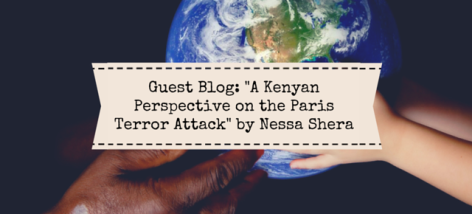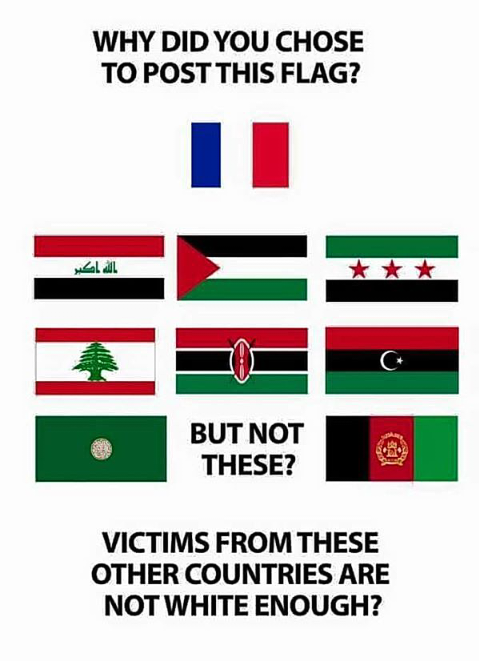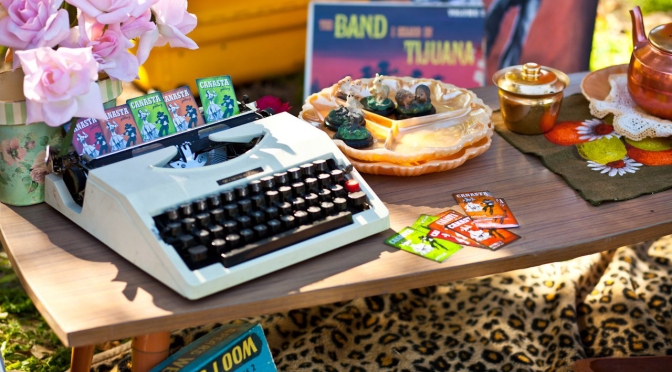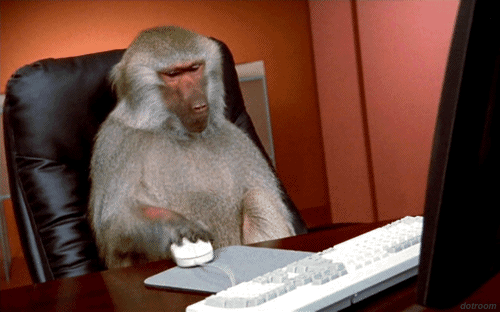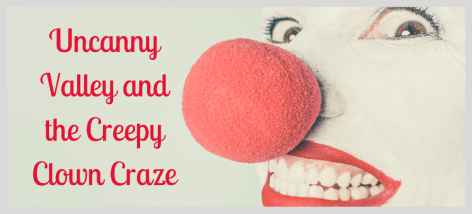
Published by Huffington Post and Strathclyde Telegraph.
Clown sightings, the world’s current epidemic of excitable rumour and panic – which seems to be gaining more and more momentum just in time for Halloween – began when a young boy, the son of Donna Arnold, and a small group of children, spotted two clowns in the woods in Greenville, South Carolina. According to Arnold, the clowns dressed in bright colours and frightful makeup tried to lure her son into a house hidden away behind woodland.
Since this bizarre incident of the first clown sighting in August this year, many have adopted the white-faced red-nosed persona to chase and terrorise unsuspecting civilians across America and beyond. So far, around 48 states in America have reported clown sightings and several arrests have been made. The craze has even spread to the UK where the authorities are condemning the pranksters for wasting police resources and have even issued a teenager with a fine of £90, the first person in the UK to be fined for scaring children.
There seems to be a common thread of unease with almost everyone: we just don’t like clowns. But why are we so scared of them? Why is it so terrifying to see someone who we know is just a person playing a hoax in oversized multi-coloured clothes and silly makeup? How does something we know is irrational, absurd and, most importantly, not real, become so unsettling?
The fear of clowns, coulrophobia, was epitomised in public consciousness by Tim Curry’s iconic portrayal of Pennywise the Clown in the 1990 film Stephen King’s It. Since then, the standard image of clowns has transformed from a comic performer associated with laughter, tricks, slapstick, mime and children’s parties into a terrifying, almost otherworldly entity who stares mindlessly with dead eyes and a wide devilish grin.
Although there could be many possible explanations behind our collective dislike of Pennywise lookalikes, the crippling fear caused by this creepy craze could be due to uncanny valley, a term first coined by Japanese roboticist Masahiro Mori. The uncanny can be defined as the psychological concept, thought to be first established by Sigmund Freud in his journal Das Unheimliche, whereby something is strangely familiar rather than just mysterious. Uncanny valley, however, is a hypothesis which is widely disputed among scientists and refers to a dip of negative emotional response caused by the anthropomorphism of robots, 3D computer animated characters, lifelike dolls and, in this particular case, clowns.
Mori hypothesised that these forms of human duplicates which appear to be almost exactly but not quite identical to humans evoke a feeling of unease, eeriness and even disgust among viewers, particularly when the creations begin to move in an unnatural or mechanical way.
During his research, Mori found that as a robot or humanlike creation appeared more human, some observers had an empathetic and positive emotional response. This was the case until the point where the creation began to look too similar to a human and then a response of revulsion and unease was recorded. On the flip side, Mori also found that as a robot’s appearance became less similar to that of a human being, the viewer’s response became positive again.
Cited causes of this hypothesised phenomenon include: artist Kevin Kirkpatrick’s real life models of Beavis and Butthead, AIST robotics, engineer Hiroshi Ishiguro’s identical twin ‘humanoid’, I, Robot (2004), The Curious Case of Benjamin Button (2008), and children’s films Night of the Headless Horseman (1999), The Polar Express (2004) and The Adventures of Tintin (2011).
Part of the reason it is thought that uncanny valley causes a sense of revulsion is because we are unsettled by the notion of ‘the other’. The other is a concept very prominent in today’s mainstream and social media with the uncertainty and otherness associated with terrorism and even Donald Trump (is he really human?). And it is this mix of something that appears both human and not human simultaneously that seems to worry us the most. Guardian writer Matthew Teague recently summarised Charles Dickens thoughts on clowns by saying that ‘what fascinates us is not the exaggerated painted face, or the dull face of a man underneath. It’s the tension between the two. The dissonance between what is and what appears to be.’
Thinking along the same lines as the Jekyll and Hyde ideology of the duality of human nature, clown expert David Kiser recently theorised that: ‘…clowns hold up a mirror on society, so we can see the absurd in ourselves. So to be afraid of them is ultimately to be afraid of yourself.’
Like Kiser suggests, maybe our fear doesn’t come from the mask of frightful makeup, big clown shoes, red nose and the colourful wig. Perhaps the image of a clown mirrors a strange, hidden, socially unacceptable part of ourselves. It could be that that the clown face is not a mask at all but it is what we reveal when we take the mask off.
What do you think of uncanny valley and the killer clown craze? Let me know in the comment section below.


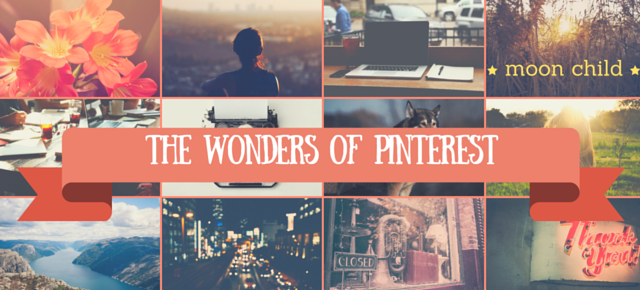
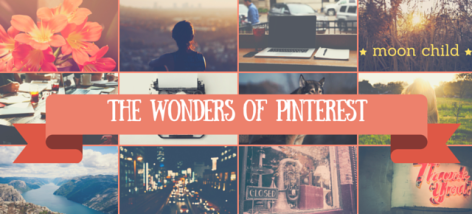
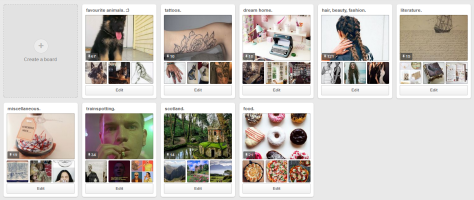
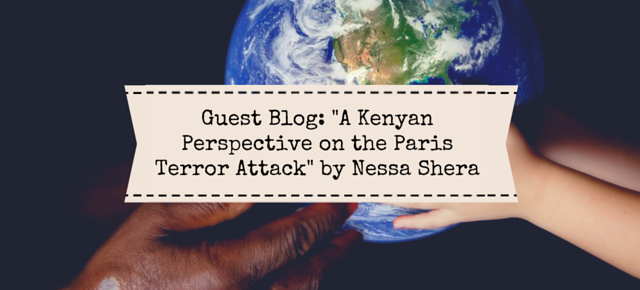
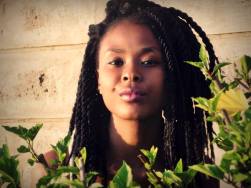 My name is Nessa Shera, I am a law student and blogger from Kenya. As an immense lover of coffee, I plan on becoming a barista someday. I enjoy writing article pieces that generally mirror my own interests. When I’m not writing, I enjoy reading, listening to music, and eating out.
My name is Nessa Shera, I am a law student and blogger from Kenya. As an immense lover of coffee, I plan on becoming a barista someday. I enjoy writing article pieces that generally mirror my own interests. When I’m not writing, I enjoy reading, listening to music, and eating out.